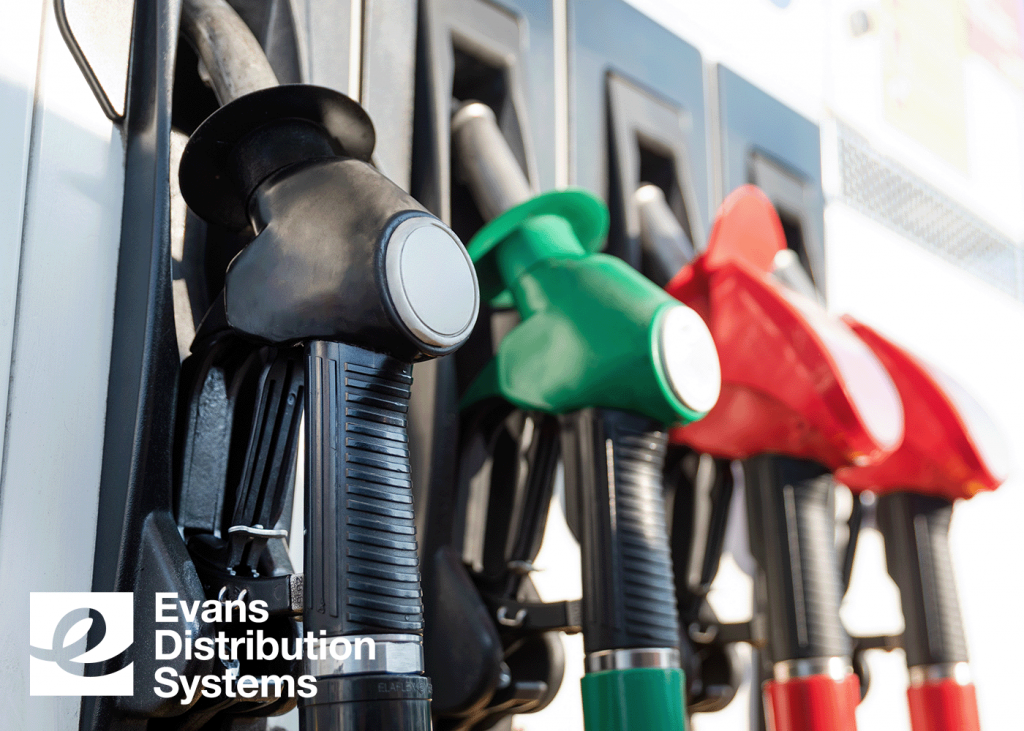Fuel prices are reaching record highs across the country, and everyone is affected. The national average for regular unleaded has exceeded $5, and diesel is at $5.77. Along with the direct impact on Americans paying almost $2 more per gallon for fuel compared to last year, increased supply chain costs have begun impacting consumers. Higher prices, shipping delays, and product shortages in every industry are just some of the impacts we have experienced. What has led to these increased fuel prices and how will the logistics industry adapt?
Ban on Import of Russian Oil
In March of 2022, President Biden signed an executive order to ban the importation of Russian oil, liquified natural gas, and coal to the United States. This order was in response to Russia’s invasion of Ukraine. In April, Congress passed a bill with overwhelming support to sign Biden’s executive order into law. Russia is the second-largest oil producer in the world. Approximately 8% of the oil imported to the U.S. came from Russia before the ban was placed. This only accounts for 2% of the U.S. oil supply.
With such a small percentage of oil being imported to the U.S. why are fuel prices skyrocketing? Many countries in Europe that instituted similar bans, import almost half of their oil supply, much of which is from Russia. This has increased the demand for oil within these countries, forcing them to find new oil sources. The U.S. is exporting more of its oil reserves to ally countries which contributes to the shortage here. However, the Ukraine/Russia conflict is not the only factor leading to higher gas prices.
Restarting Production After COVID-19
Due to COVID-19 restrictions, gas consumption was so low that oil companies didn’t have enough money to store what they had already pumped. Wells had to slow production or completely stop in some cases to prevent negative prices on oil. Now that restrictions have lifted consumption has increased. This increased the demand for oil during a time when oil companies are cautiously opening back up.
Oil refineries have not reached the production level they were performing at before 2020. These companies are not operating at full capacity in case of another potential lockdown. A combination of sanctions, a slow restart in production, and high demand has led to the record fuel prices we are experiencing.
How This Affects Supply Chain
We have seen the domino effect when supply chains are restricted or shut down completely. It creates delays, shortages, and higher prices for common goods. Higher fuel costs have a similar effect because the costs are passed down to the consumer. Trucking companies and independent drivers build in fuel cost surcharges (FSC) into pricing models. This is a standard practice to account for inconsistent diesel fuel costs.
It is expected that gas prices will continue to rise throughout the summer. Driver shortages have affected supply chain for years and as a result logistics companies have increased incentives to recruit and retain drivers.
Until oil refineries increase production back to pre-pandemic levels, we can continue to expect gas prices to rise along with inflation.

